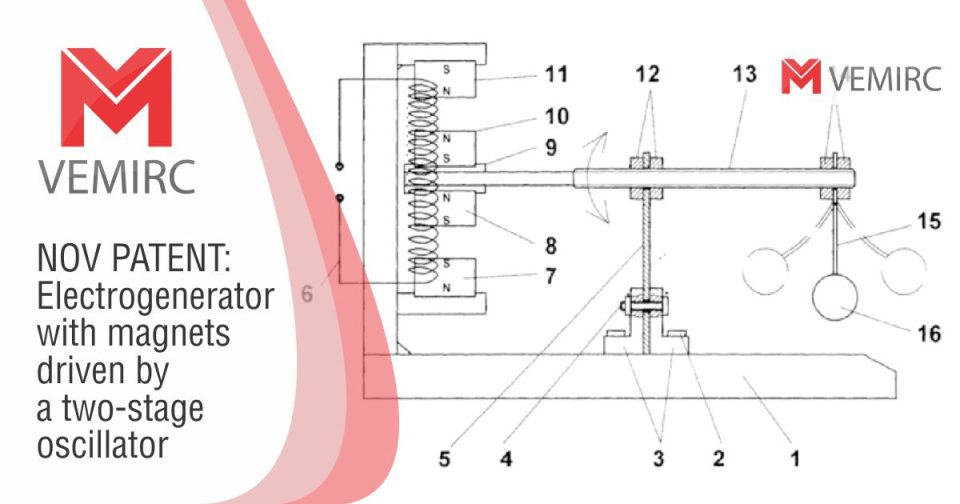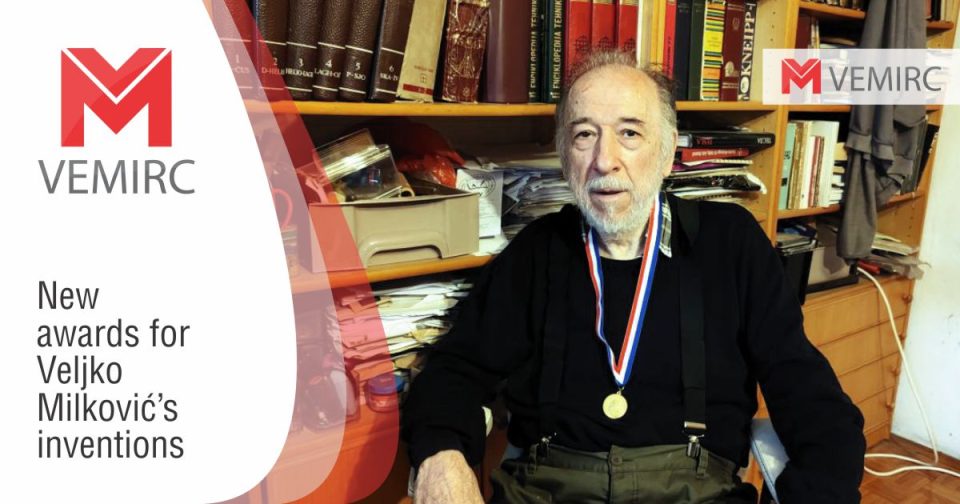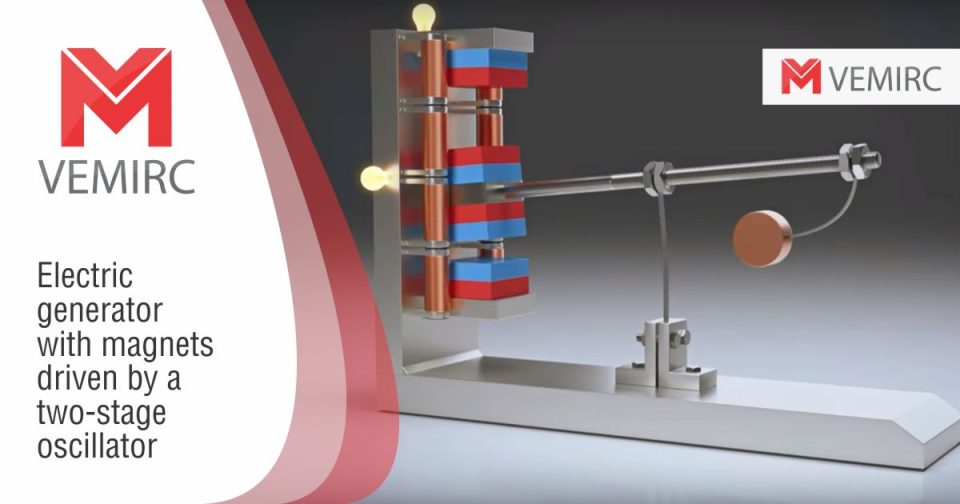
A solution to the energy crisis is on the horizon

NORWAY: Two-stage mechanical oscillator as inspiration in art
January 9, 2023
Veljko Milkovic: Advantage of oscillations over rotations is proven
October 5, 2023The U.S. Department of Energy (DOA) announced that the "holy grail" in energy is still possible and that super-efficiency in energy production has been achieved, just as Veljko Milković claimed for decades that it is possible to obtain excess energy.
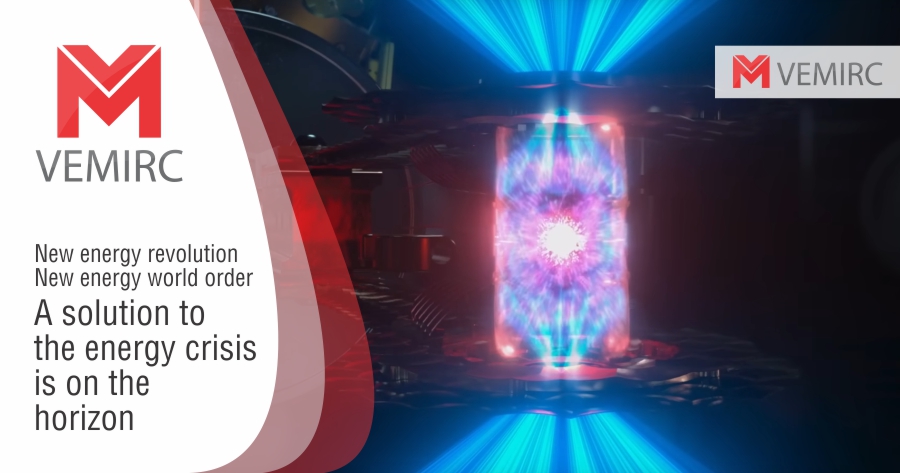
At the end of 2022, the news that American scientists had achieved something that was considered almost impossible until yesterday, and that more energy was obtained from the process of energy creation at the output than was consumed, echoed around the world like a "bombshell". Namely, the U.S. Department of Energy (DOA) officially announced at a major press conference on December 13, 2022 in Washington that American scientists have achieved a historic breakthrough in nuclear fusion research by achieving the so-called "net energy gain", achieving an efficiency of 154%, making a milestone in attempt to obtain unlimited production of clean energy.
https://www.energy.gov/articles/doe-national-laboratory-makes-history-achieving-fusion-ignition
This historic achievement was made by a team of scientists at the Lawrence Livermore National Laboratory in California on December 5, 2022 when they injected 2.05 megajoules of energy into the target, resulting in 3.15 megajoules of fusion energy output, generating 50% more energy than was used to trigger the reaction. According to US officials, this monumental scientific breakthrough is a turning point for the future of clean energy that will help the US solve humanity's most complex and urgent problems, such as providing clean energy to combat climate change.
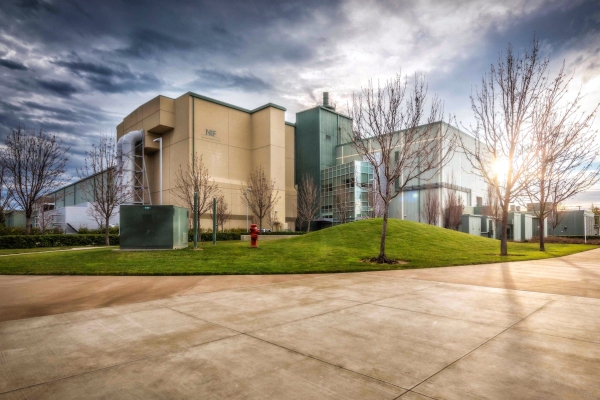
Picture 1. Lawrence Livermore National Laboratory in California, USA
This discovery is a historic day for science because it finally confirms that scientific surprises in energy are still possible and it opens the door to consider other advanced energy technologies and ultra-efficient systems that can achieve the same effect in a cheaper and safer way.
Veljko Milković, world-renowned and award-winning inventor and researcher from Serbia, has been saying for decades that such surprises are really possible in energy. It has now been confirmed that he was, nevertheless, right when he claimed and proved through measurements for decades that it is possible to achieve ultra-efficiency in energy and get, like the Americans, excess energy, even with mechanical systems, in a "cold process", on much simpler way.
Namely, in the process of nuclear fusion, large heat losses are realized and huge energy is needed to start such a system to start with, at the end, the problem of huge heat waste. By applying the effects of oscillations and resonances and using the technology of oscillatory systems with a driven pendulum, created by Milković, the same effect and a net gain of mechanical energy would be achieved in a much cheaper and more harmless way.
It is important to point out that with this technological breakthrough, the Americans got something that is considered impossible according to classical physics - to get more energy from the stakes. This brought into question the Second Law of Thermodynamics, the basic principle in physics due to which many advanced technologies were initially rejected and considered impractical and impossible.
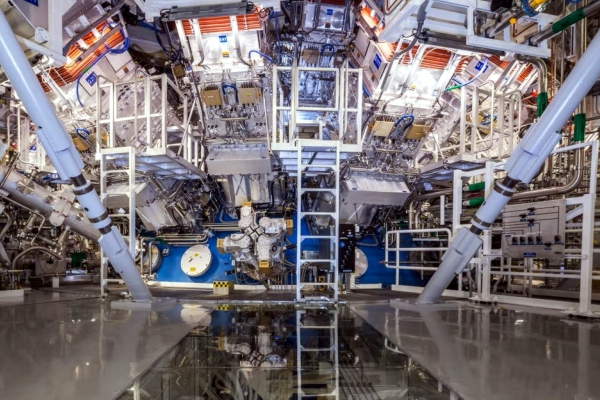
Picture 2. A fusion reactor at the Lawrence Livermore National Laboratory in California, USA
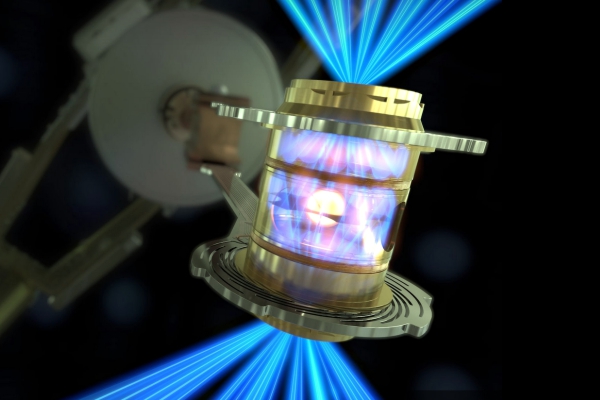
Picture 3. Ignition uses infrared and ultraviolet laser light to produce X-rays in a peppercorn-sized fusion fuel chamber.
But the greatest minds in the history of science questioned parts of the laws of thermodynamics. In 1900, in his article "The Problem of Increasing Human Energy", published in the American magazine The Century Magazine, Nikola Tesla mentioned the possibility of using new sources of energy such as magnetism and gravity:
It is possible, even probable, that other sources of energy, unknown to us now, will open up over time. We can even find ways to apply such forces as magnetism or gravity to drive machines, without using other means. Such achievements, although quite unrealistic, are not impossible.
This vision of Tesla has long been out of discussion in scientific circles, forbidden as it were, and could not be learned of it from the various authorities who supported the law of conservation of energy as final and comprehensive, although not comprehensively examined.
Unaware of this announcement by Tesla, Veljko Milković achieved ultra-efficiency thanks mostly to the gravitational potential and proved directly and indirectly the surplus of mechanical energy in the system of a two-stage oscillator with a pendulum.
History can repeat itself
Therefore, it is important that history does not repeat itself, as was the case with Nikola Tesla, and that we do not allow the same mistake to be repeated, that such epoch-making discoveries are neglected, as Tesla himself ended up being left in the shadows.
All scientists and experts in their statements admit that Tesla was a tragic figure whose inventions were stolen, such as it has been judicially proven in the USA that Guglielmo Marconi applied Tesla's discoveries and patents in his invention of the radio. According to academician Vladimir Paar, Tesla had ten awards at the level of the Nobel Prize, eight of which were awarded to other people, while Russian scientists claim that there were as many as 30 Nobel prizes based on Tesla's discoveries.
It is little known in that Veljko Milković's two-stage oscillator attracted a lot of attention worldwide; a large number of researchers at all levels (professors, engineers, scientists, students...) published in scientific journals and publications the positive results of their experiments, which confirmed Veljko Milković's claims.
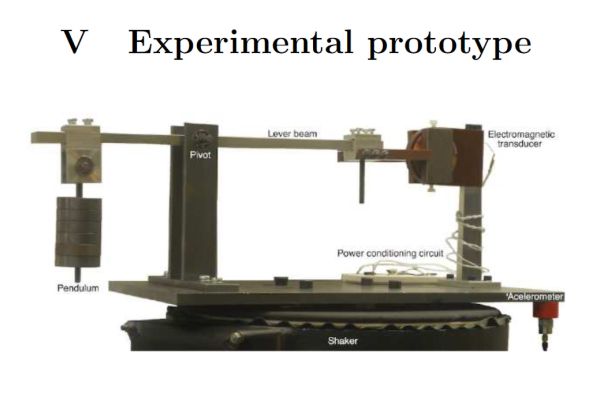
Picture 4. An experimental prototype of an electrogenerator with a pendulum, based on the two-stage mechanical oscillator of Veljko Milković, constructed by Yu Jia et al., Cambridge University, UK, 2013.
Some of these authors respect copyright and directly acknowledge the inventor Veljko Milković, while others, on the other hand, do not respect the original authorship and do not mention the inventor and his work, but e.g. they publish scientific texts and patent applications independently as if it were their own discovery.
That is why it's important that such groundbreaking discoveries do not pass quietly and the new energy revolution does not bypass us. Because if things like these remain in the shadows, some very powerful people could come here and appropriate the technology for themselves.
Advanced improvements have been made
The entire energy industry today is in a vicious cycle of rotation, because turbines, propellers, rotors, flywheels, gears, pulleys, etc. which are dominant in energy, are far less efficient than oscillations and technical solutions based on them, such as Veljko Milković's two-stage oscillator technology.
Work on the examination of the basic effects of the pendulum-lever oscillatory system is still being carried out. Advanced improvements were achieved and the second generation of devices has already been constructed.
There are good and bad things about the two-stage oscillator system. The good features are that it has already been proven that oscillations are more efficient than rotations - the results of scientific studies were published years ago and for six years there has been a scientific debate about this system in public discussion, for which a substantial prize for the antithesis is also provided.
The less good features are that, in order to start the system, it is necessary to use electric motors and generators, which are all rotary machines. They are mass produced and there is a wide variety of them and they are available in all versions, but they are all based on rotations.
It is possible to convert the output of the device into a circular motion using classic high-efficiency generators or Bedini coils, then use linear generators or, as the best solution, use piezo generators.
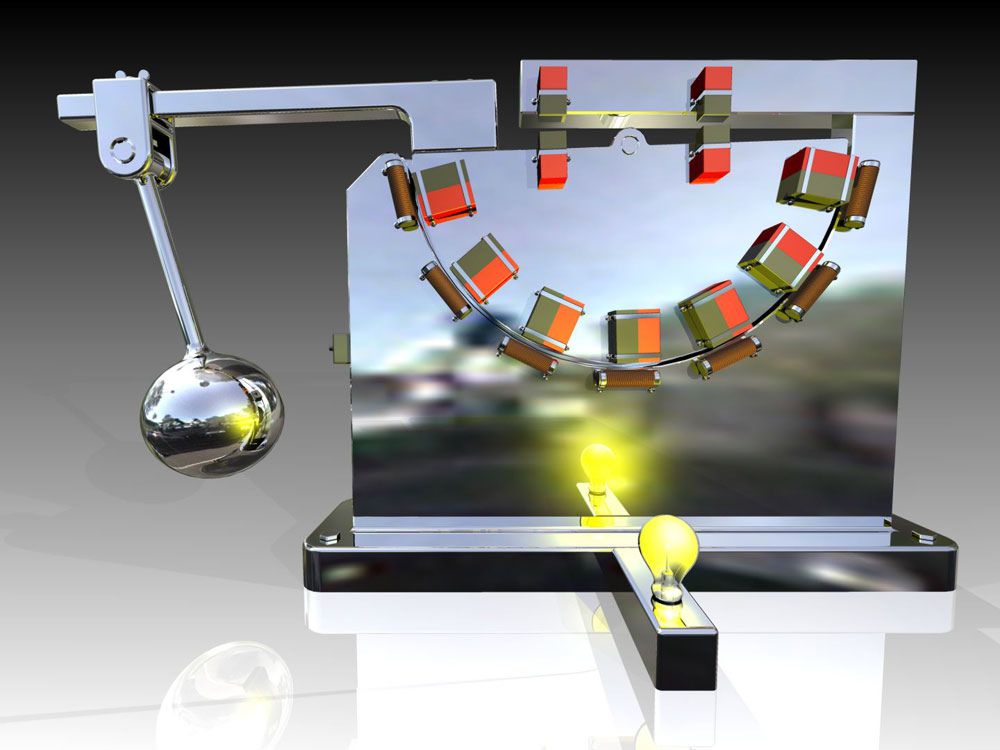
Picture 5. Electric dynamo with pendulum and magnets, Veljko Milkovic's patent no. RS 49959B - P-2006/0165
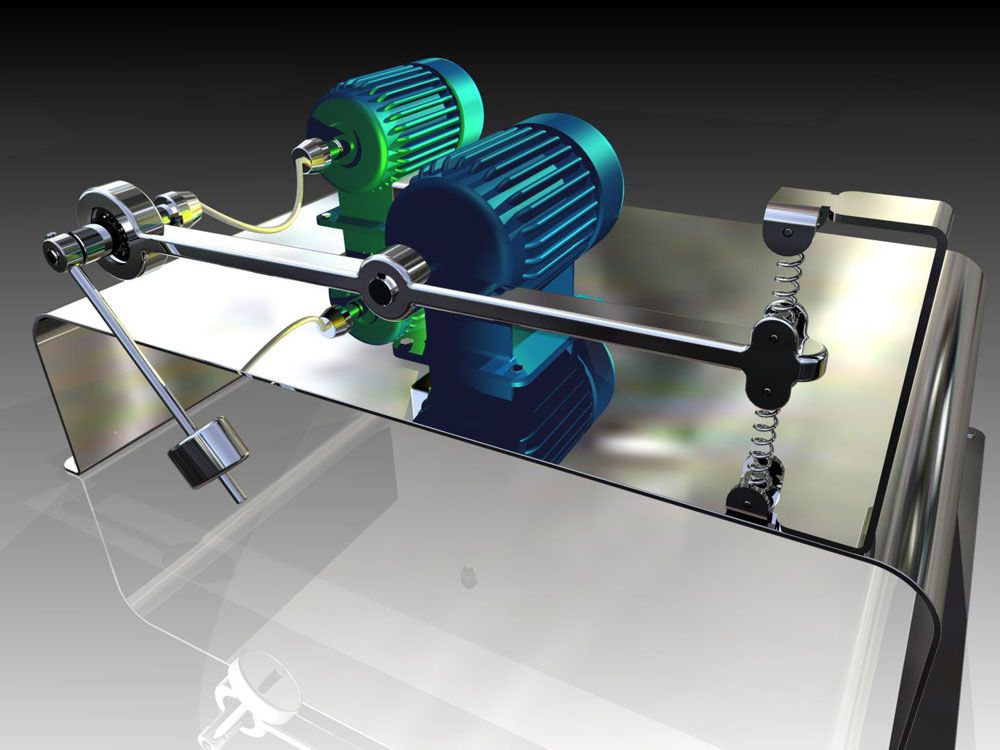
Picture 6. Device for the production of energy from gravitational potential and centrifugal force, Veljko Milkovic's patent no. YU 460 MP - MP-30/02
Given the current energy situation, global warming and all, it's time to think a little about these more advanced oscillation-based technologies and to use the achieved ultra-efficiency effects by applying elasticity-based improvements to accelerate our world's transition to an energy-sustainable future.
Therefore, an invitation is open for all individuals and companies oriented towards sustainable development to jointly consider the application of these technologies based on oscillations and resonance and to develop new sources of energy based on them. The surplus of mechanical energy has been directly and indirectly proven in previous years, and with further improvement and smart application of this system, highly efficient production of electricity is possible. Its development is not possible in an extremely short period of time (up to a year), but requires scientific and engineering efforts that would be realized through research projects.


